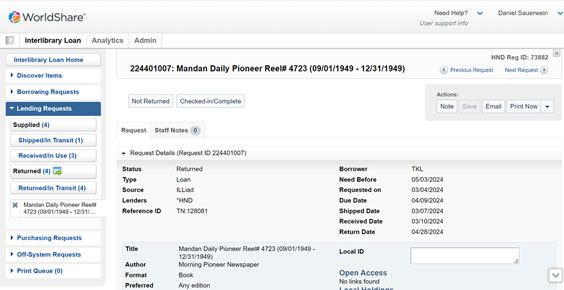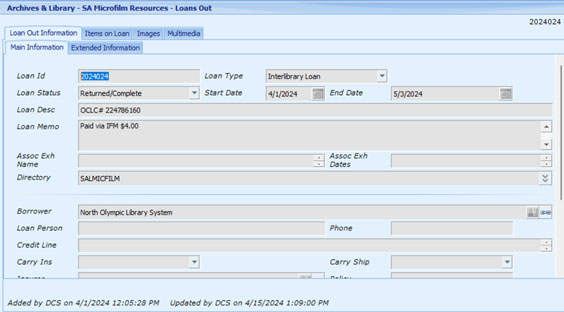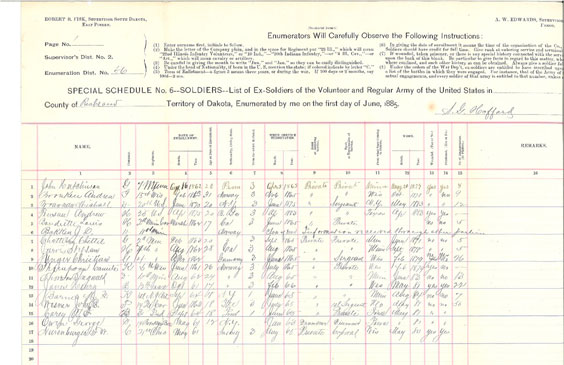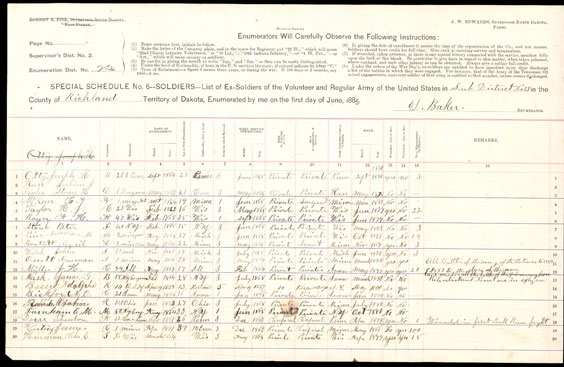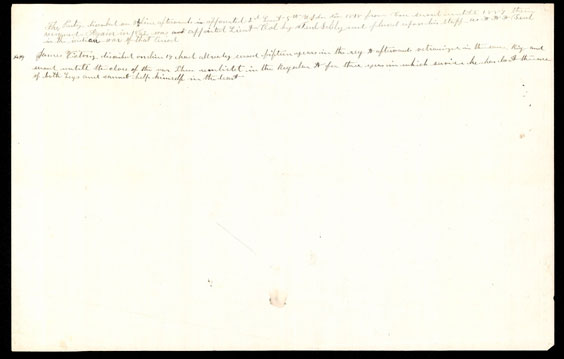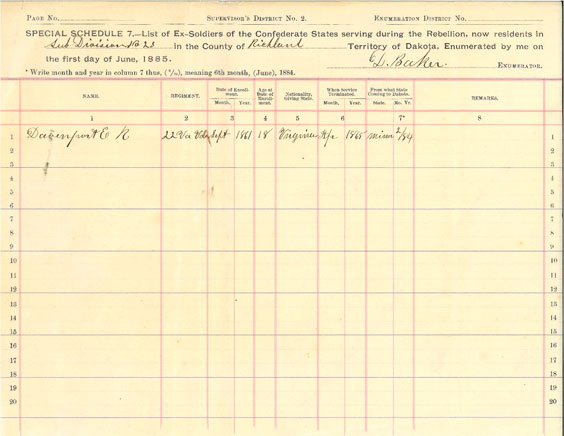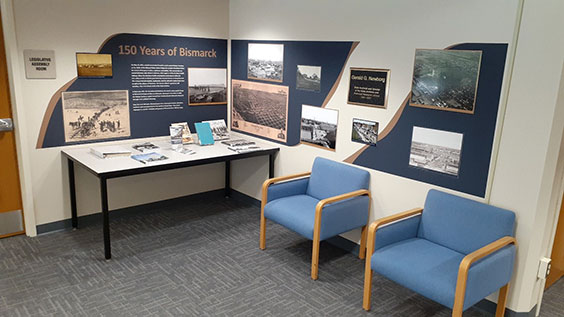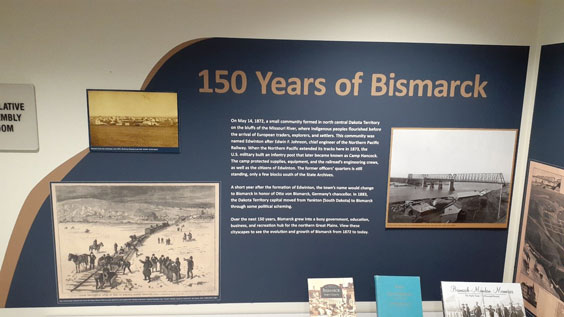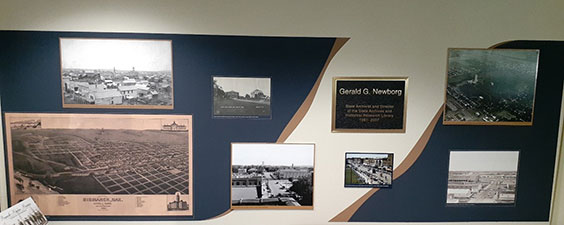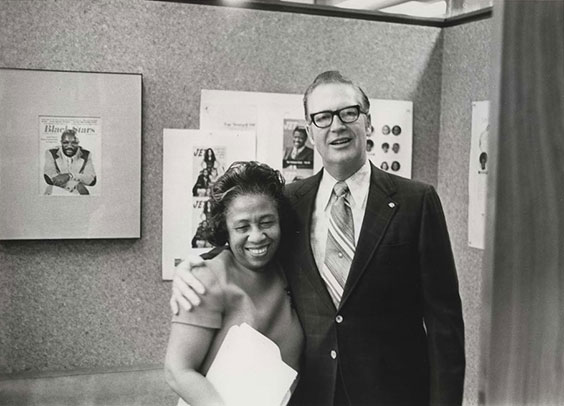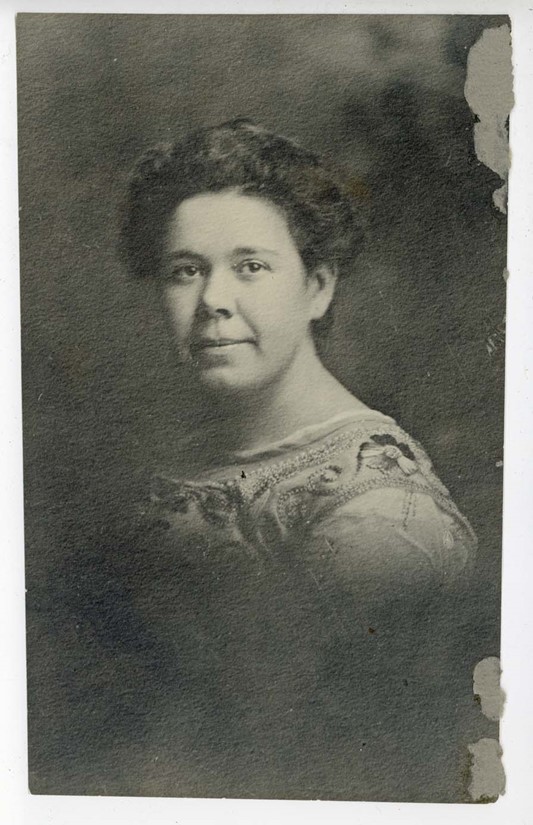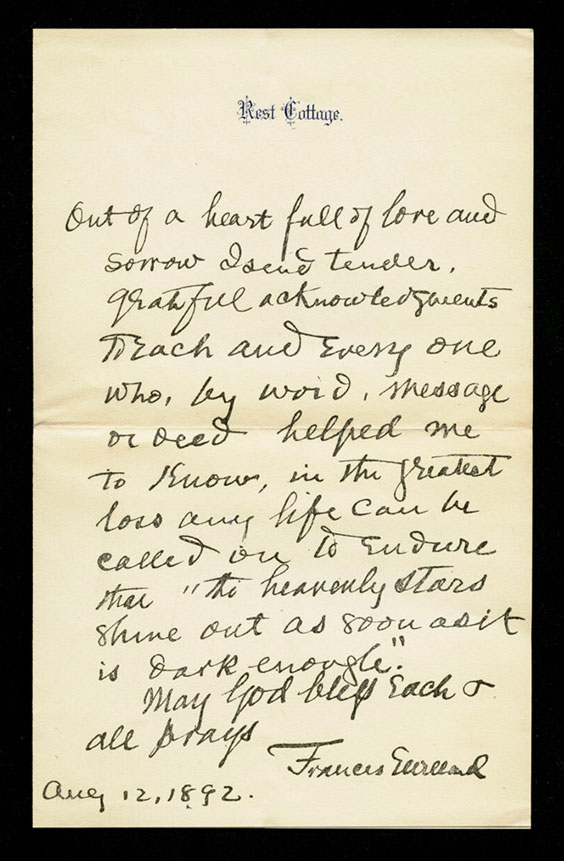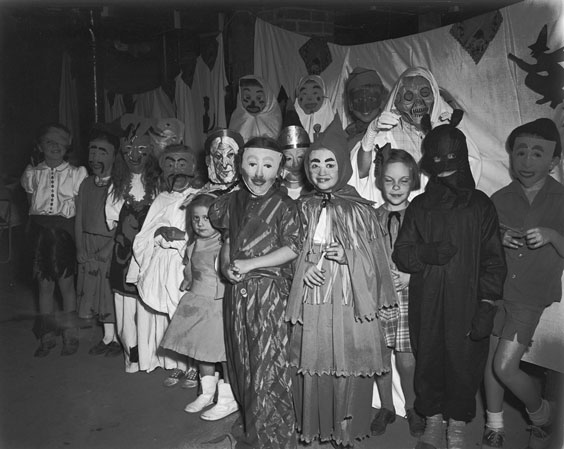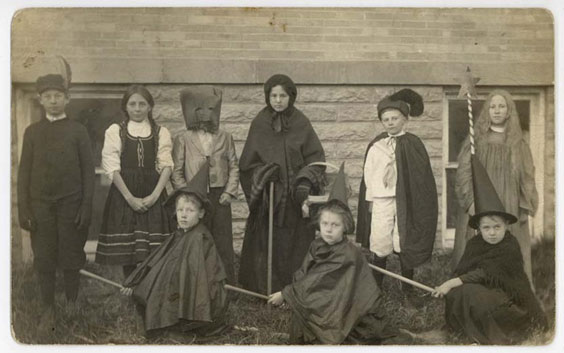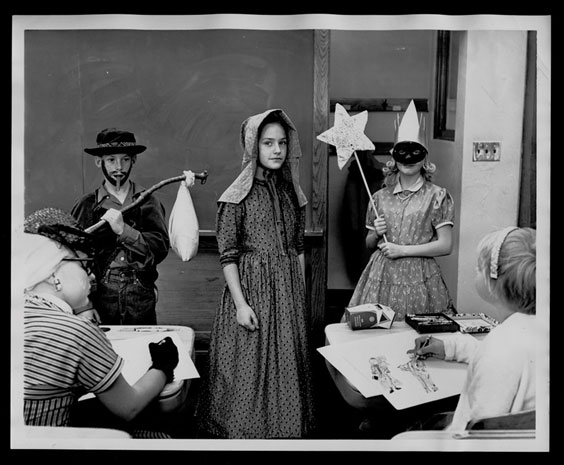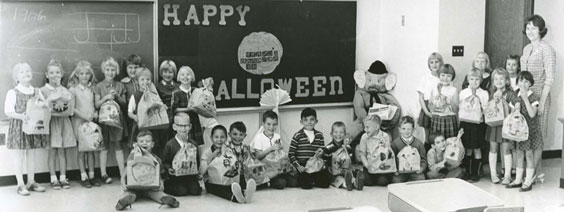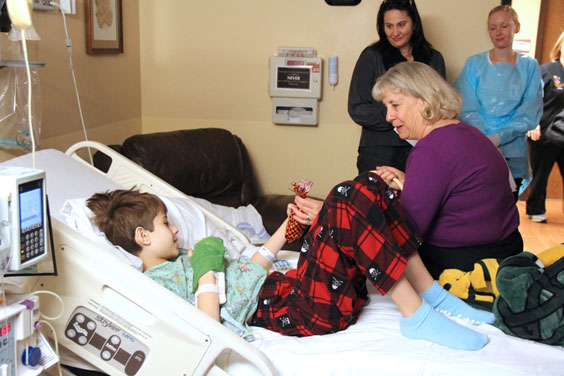The Art of Reading Cursive in Historical Documents
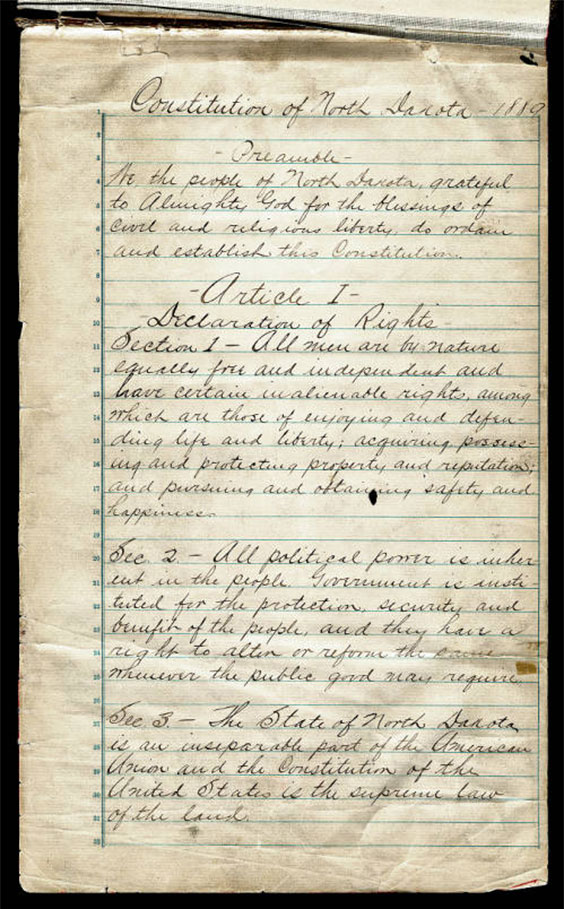
Preamble to the North Dakota Constitution, 1889. SHSND MSS 31372
The ability to read cursive is an important skill when working with handwritten historical documents. As a historian, exploring these old manuscripts and records is a gateway to the past, showing how events were recorded and information stored and shared. Many of us, including me, can recall learning to write cursive in school, but this skill has faded in recent years as computers have taken over nearly every aspect of life. While it may seem that understanding handwriting is not as important in an increasingly digital world, it is more vital than ever to know how to decipher this writing when dealing with historical documents. It also helps you to appreciate the beauty of the flowing words on the page.
The State Archives has thousands of pages of records spanning the 18th into the early 20th centuries that are in cursive. It’s interesting to note how the style of penmanship changes over time, aside from the differences you will also find among individuals’ unique styles. The subtle differences in a person’s handwriting become apparent when scrolling through microfilm of naturalization and county marriage records, especially when indexing or transcribing hand-written records.

First page of journalist Mark Kellogg’s diary of his time accompanying Gen. George Armstrong Custer and the 7th Cavalry, 1876. SHSND MSS 20017
In the mid-19th century, the Spencerian method of handwriting was the dominant method used in the United States, according to an article published by the National Museum of American History. By the 1890s, this style gave way to the new Palmer Method, designed for business writing, which was taught in schools into the first half of the 20th century. The changes in handwriting styles also reflected the shift from writing with quills to using pens, pencils, and a slate. There may be fewer flourishes in the Palmer Method, but the general appearance of letters in the Spencerian and Palmer methods is largely the same.
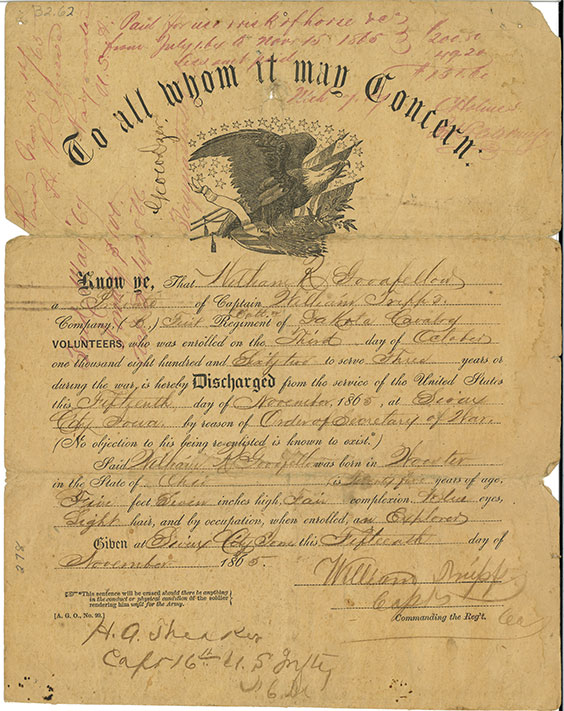
Army discharge papers of Nathan R. Goodfellow, 1865. SHSND MSS 80008
One important reason to be able to read cursive well is to promote accuracy in indexing records. This does not mean that there are not errors in transcriptions, as some older records simply cannot be deciphered completely. However, while artificial intelligence programs are starting to be used for indexing handwritten records, these may not pick up the subtle strokes of the pen that can change how a letter is seen by such a program.
The State Archives also holds a few books and manuals related to cursive handwriting and penmanship. One great example is Writing Lessons for Primary Grades (1912) that teaches children how to write the Palmer Method of cursive. Covering proper posture at the school desk and arm and hand placement, as well as muscle movements, this manual contains dozens of pages of drills for helping youngsters navigate the pitfalls of penmanship. The drills were repetitive in nature, ensuring children practiced and developed their skills.

Writing Lessons for Primary Grades, A.N. Palmer Co., 1912, p. 50
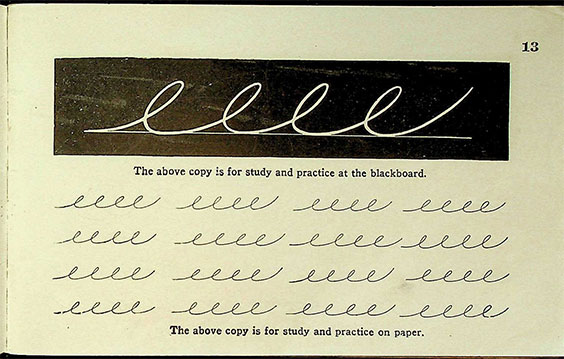
Writing Lessons for Primary Grades, A.N. Palmer Co., 1912, p. 13
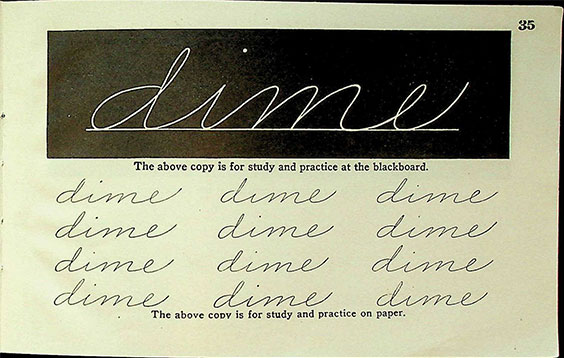
Writing Lessons for Primary Grades, A.N. Palmer Co., 1912, p. 35
Knowing how this writing style works allows you to better understand how your ancestors may have learned to write and helps you see the beauty in older documents and the artistry of penmanship.
In recent years, efforts to enlist volunteers to help transcribe documents for archival facilities have emerged. The National Archives’ Citizen Archivist program is one such attempt to help make records more accessible to a wider audience through digitization. Knowing how to read and understand cursive is as important today as it was decades ago when children learned the art of writing as an everyday communication tool. Technology and digitization have not rendered handwritten materials obsolete, as many things are still written by hand in day-to-day communication. Failing to retain such comprehension skills will negatively affect our communication skills, which could have unforeseen consequences for future generations.
While technology enhances our lives, knowing older skills remains important. Next time you read a grandparent’s letter, or an older naturalization record, or our state constitution, remember the beauty that is the ink, lead, or graphite on the page and appreciate that cursive handwriting.


